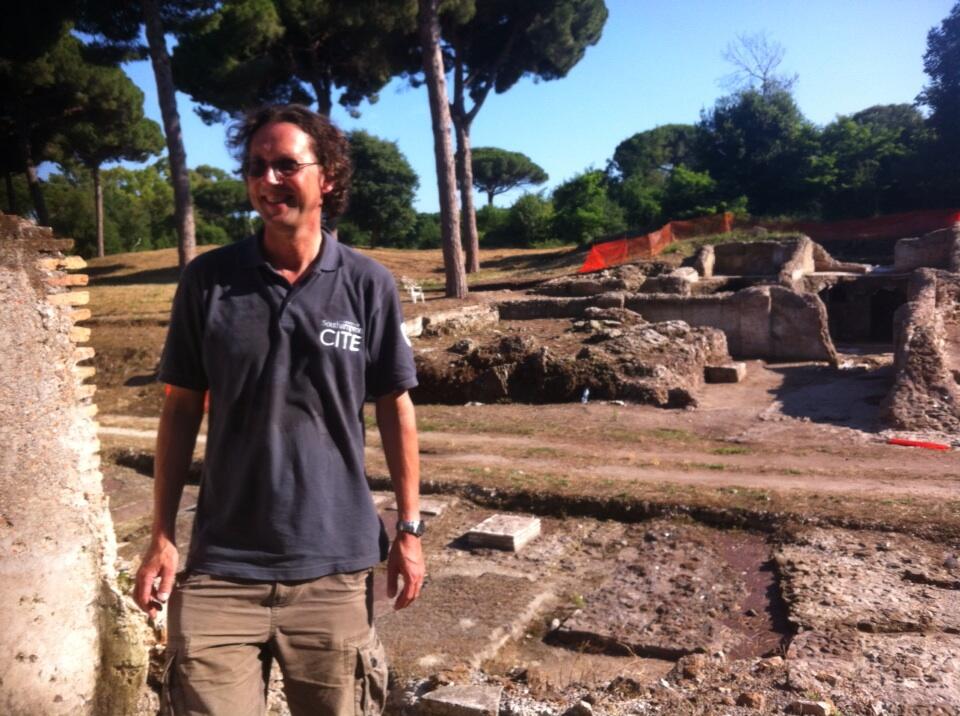
FutureLearn social network: Portus in the UoS MOOCosphere
I have been looking at the comments from across all University of Southampton FutureLearn courses in an attempt to understand the place that the Archaeology of Portus learners fit within the wider community of learners on other University of Southampton FutureLearn courses.
As a first step I have aggregated the comments from all of the UoS courses that have run to date and then produced a simple network visualisation using the wonderfully easy to use NodeXL.
Continue reading →











